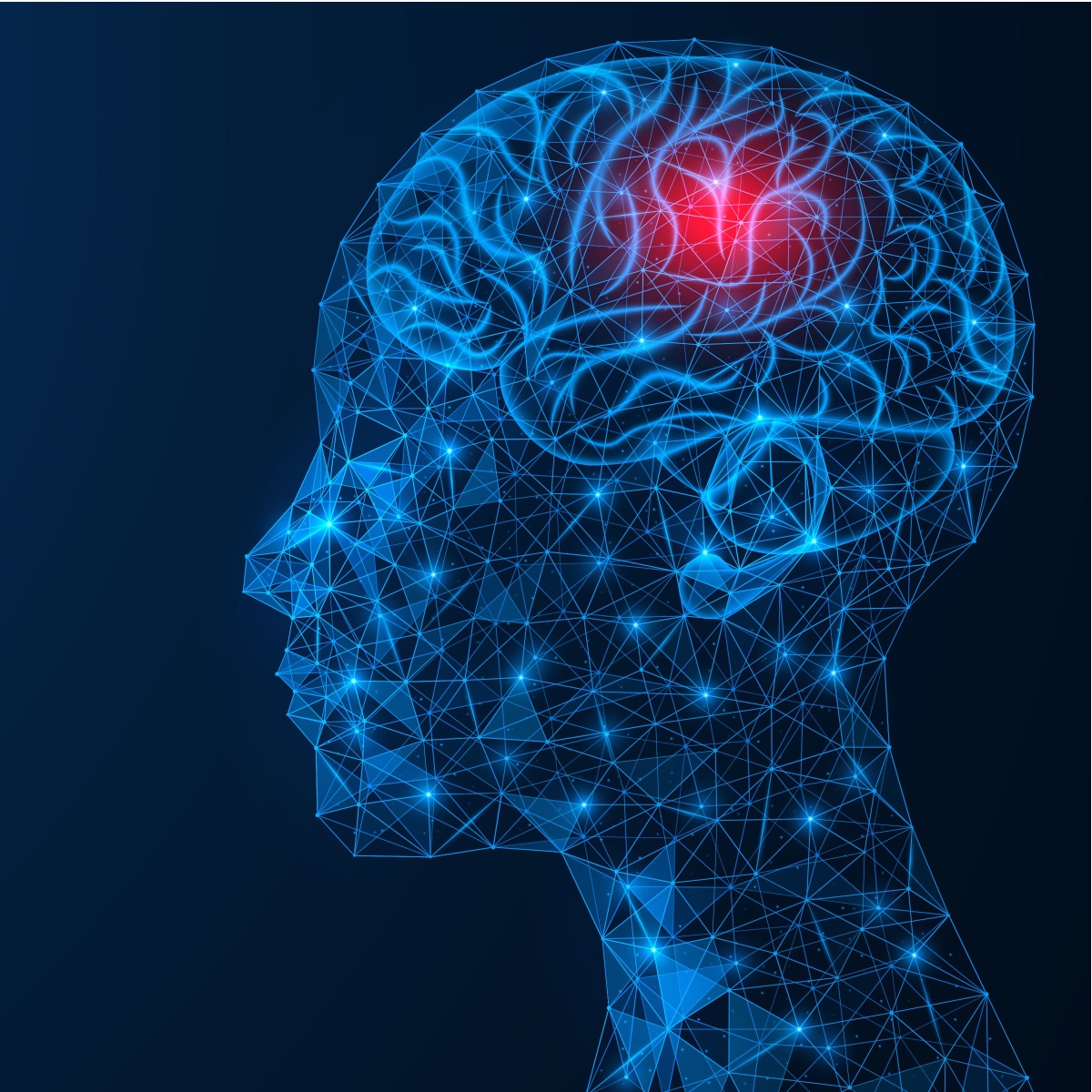Understanding Migraine and Headache Disorders: Your Complete Guide to Relief
Headaches and migraines affect over 1 billion people globally. In fact, migraines impact 12% of the population, with women being three times more likely to suffer than men. Despite how common they are, headache and migraine disorders remain widely misunderstood—leaving many people to suffer in silence. At Hashwani Neurology & Neurophysiology Clinic (HNNC) in Sugar Land, Texas, we are dedicated to raising awareness, offering expert care, and helping patients reclaim their lives.
Led by Dr. Arafat Hashwani, our clinic provides compassionate, specialized care for those living with chronic headache conditions. This guide is here to help you better understand your symptoms, know when to seek help, and explore the many effective treatment options available.
___________________________________________________________________
The Hidden Impact of Headache Disorders
Headaches are more than just a nuisance—they’re medical conditions that can disrupt every area of life. Chronic headaches often lead to:
- Missed work and family events
- Reduced quality of life and productivity
- School difficulties for children and teens
- Mental health concerns, including anxiety and depression
Raising awareness helps reduce stigma and encourages those in need to seek support and treatment.
___________________________________________________________________
Breaking the Stigma
Migraine and headache disorders are real neurological conditions, not personal weaknesses. Yet many individuals feel misunderstood or dismissed. Increasing awareness fosters empathy, reduces judgment, and builds supportive communities.
_________________________________________________________________
How to Recognize Migraine Symptoms and Patterns
Migraines are complex neurological events that typically occur in four stages. Understanding these stages can help you anticipate and treat migraines more effectively.
The 4 Stages of a Migraine
1. Prodrome (The Warning Phase)
- Occurs in ~77% of migraine sufferers
- Starts 24–48 hours before the headache
- Symptoms: mood swings, food cravings, neck stiffness, yawning
- Often mistaken as triggers instead of warning signs
2. Aura (The Neurological Phase)
- Affects ~25% of individuals
- Symptoms: flashing lights, zigzag lines, tingling, speech difficulty
- Usually lasts 5–60 minutes
- Some people experience aura without a headache
3. Headache (The Pain Phase)
- Intense, throbbing pain (often one-sided)
- Common symptoms: nausea, vomiting, sound/light sensitivity
- Can last 4 hours to 3 days
4. Postdrome (Migraine Hangover)
- Occurs in ~80% of people post-migraine
- Symptoms: fatigue, confusion, mood changes, sensitivity
- Lasts several hours to two days
Understanding your personal migraine pattern and identifying triggers can improve treatment success and prevention.
_________________________________________________________________
Common Migraine Triggers
- Hormonal fluctuations (75% of women)
- Stress (most common across all ages)
- Sleep disturbances (too much or too little)
- Weather changes (50% affected)
- Specific foods (10% triggered by diet)
- Skipping meals
- Bright lights, loud sounds, and strong odors
Keeping a headache diary helps identify and manage personal triggers effectively.
_________________________________________________________________
When Headaches Signal Something Serious
While most headaches are primary conditions, some may indicate serious medical issues. Seek immediate medical attention if you experience:
Red Flags:
- Thunderclap Headache: Sudden, severe pain reaching peak intensity in seconds — could indicate brain bleeding or aneurysm.
- Neurological Symptoms: Weakness, vision loss, speech issues, severe dizziness — could suggest stroke or brain tumor.
- Infection Signs: Fever, stiff neck, confusion — could be meningitis.
- Progressive Pattern: Worsening over weeks/months, especially new patterns in those over 50.
- Post-Trauma Headaches: After any head injury — may signal concussion or internal bleeding.
_________________________________________________________________
Modern Headache Treatment Options
Modern Headache Treatment Options
Headache and migraine care have evolved significantly, offering patients more targeted, effective therapies for long-term relief and better quality of life.
Acute Migraine Treatment
When treated early, migraines can be managed more effectively. Triptans work by targeting migraine-specific brain pathways, providing quick relief for many patients. Newer options like CGRP receptor antagonists are also proving to be highly effective. Anti-nausea medications are often used alongside migraine therapies to address the full range of symptoms. In many cases, combination therapy—using more than one medication—offers the best results.
Preventive Therapies
For those experiencing frequent migraines, preventive treatments can reduce the number and severity of attacks. CGRP monoclonal antibodies are a breakthrough in migraine prevention, delivered as monthly or quarterly injections. Botox injections are also FDA-approved for chronic migraines, especially for those with 15 or more headache days per month. Traditional options such as beta-blockers, certain antidepressants, and antiseizure medications remain valuable tools depending on individual needs.
Advanced Interventions
For more severe or treatment-resistant headache disorders, advanced options are available. Nerve blocks can offer rapid, targeted relief. Neuromodulation devices—small, wearable technologies—provide drug-free alternatives.
Integrative Approaches
Lifestyle and holistic strategies play a critical role in headache management. Stress reduction techniques like meditation, mindfulness, and biofeedback can help prevent headaches. Customized exercise programs, nutrition plans, and targeted supplements support long-term wellness. Good sleep hygiene and cognitive behavioral therapy (CBT) are also essential in building resilience and reducing headache frequency.
_________________________________________________________________
Lifestyle Changes That Make a Difference
Creating a supportive lifestyle is essential for long-term headache prevention and overall wellness.
Healthy Sleep Habits
- Maintain a consistent sleep schedule
- Create a cool, dark, quiet sleep space
- Avoid screens before bed
- Address sleep apnea or insomnia
Regular Exercise
- Aerobic workouts reduce headache frequency by up to 40%
- Choose low-impact activities like walking, swimming, or yoga
- Aim for consistency over intensity
Smart Nutrition
- Eat regularly to stabilize blood sugar
- Stay hydrated
- Avoid known food triggers
- Limit caffeine and alcohol
Managing Stress
- Learn relaxation techniques
- Build strong social support networks
- Consider therapy or counseling
Environmental Adjustments
- Use sunglasses or light filters
- Minimize exposure to odors and loud sounds
- Maintain a comfortable indoor environment
_________________________________________________________________
How HNNC Supports Your Journey to Relief
At Hashwani Neurology & Neurophysiology Clinic (HNNC), we take a comprehensive, compassionate approach to helping you find lasting relief from headaches and migraines. Led by Dr. Arafat Hashwani—who brings dual expertise in neurology and clinical neurophysiology—our team focuses on accurate diagnosis, individualized care, and advanced treatment options tailored to your unique needs.
With over 8,000 patients served, we’re committed to listening carefully, explaining clearly, and walking with you every step of the way. From cutting-edge therapies like CGRP monoclonal antibodies and Botox injections for chronic migraine to advanced diagnostics like EEG and neurophysiology testing, we combine clinical excellence with personal support. At HNNC, your comfort and quality of life are our top priorities—and we’re here to help you regain control and move forward with confidence.
_________________________________________________________________
Ready to Take Control of Your Headaches?
Don’t let headaches control your life. Relief is possible—and it starts with expert, compassionate care Contact Hashwani Neurology & Neurophysiology Clinic (HNNC) in Sugar Land today to schedule your personalized evaluation. Let’s build a better path forward together.
Call us or visit our website to request an appointment and learn more.

